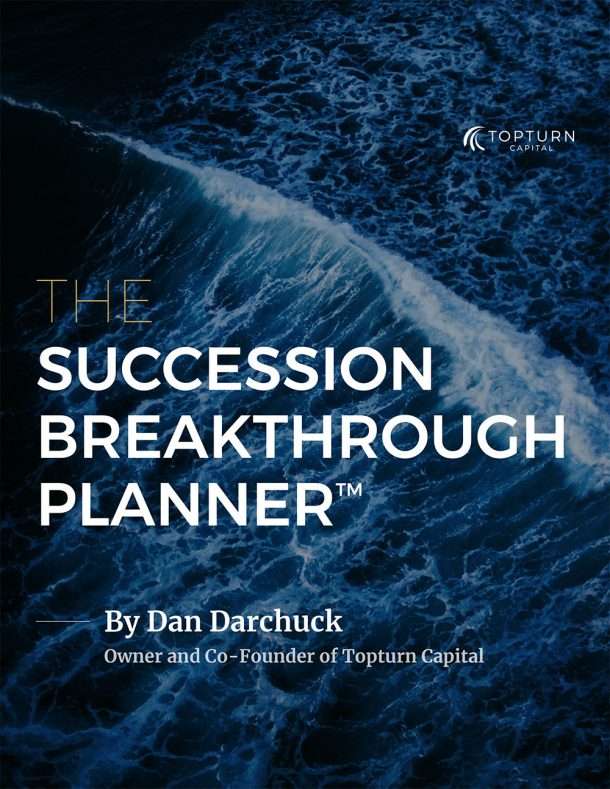
It’s mid-January 2023 and much of California, especially the area where I make my home, has been experiencing what is being referred to as an atmospheric river.
Since this weather pattern emerged over the last couple of weeks, there’s been significant flooding, with both the Carmel and Salinas Rivers impacted, and with a number of families subject to evacuation orders.
While fewer people live along the Salinas River than the Carmel, the Salinas is much longer and has the potential to do a lot more damage. It also runs pretty close to where I live, which means my family and I have been listening to reports about the potential of flooding, road closures, and evacuations for several days.
We’ve been making plans.
I’ve learned that the experts are able to forecast the height and depth of a river by regularly checking certain gauges stationed along the banks.
At first, the forecasts were estimating near-historic flooding that might reach water levels similar to those seen in 1995. Were the river to reach that level (about 31 feet) the very real possibility exists that the peninsula of Monterey would lose road access to the rest of the state – cutting off shipments of food, gas, and all the things the residents need to live.
While that might seem rough for the residents of the Monterey peninsula, it could also have an impact on people throughout the country. Many times on my travels, when I stop at the produce store, I see stickers on the broccoli, strawberries, and lettuce proudly proclaiming they’d arrived from this small county. As the Salinas River rises throughout the county, farming fields are at significant risk. Thankfully, the peak of the growing season is still a few months away, and while some crops will be impacted, the majority would not.
Fortunately, just as we were facing forecasts of a 31ft Salinas River, and preparing to sandbag and potentially evacuate, the forecast dropped to 24 ft and continued to fluctuate in that range.
While 30 feet or more is very high and dangerous, the mid 20s are more moderate. There is still, of course, risk of damage and loss, but the level of risk is significantly reduced.
When it comes to forecasting, so much is unknown. The weather service can see that a flood is coming, but they can’t accurately predict the true impact. It could be a flood that turns a peninsula into an island, or it could be one that inflicts much less damage.
As I look back at the markets in 2022, of course, it’s easy to see the similarities. It was a historic flood of a year, so to speak, in that it was the first time in 100 years where both stocks and bonds produced negative double digit returns. There have only been four years in the past century where stocks and bonds were both negative to any degree. 2022 was one for the record books.
It was a year when there really was nowhere to hide, even in a relatively “safe” balanced portfolio. If a portfolio was heavily weighted in technology stocks or long term treasuries, the hits were even bigger.
The year before, in 2021, technology stocks were incredibly popular. Those investors who enjoyed the rise of those valuations in 2021, and continued to hold the same positions in 2022, went on to experience staggering lows. Only those who tactically reduced their exposure prior to the downturn were spared, at least to an extent. Those people heavily participating in cryptocurrency fared much, much worse.
While Topturn Capital’s portfolios definitely suffered some minor “flooding” throughout 2022, we were able to avoid the type of destruction being experienced elsewhere in the markets.
Just as the weather scientists likely have an idea as to what created this atmospheric river battering California, we have a good sense of the key drivers that created the financial floods of 2022.
One of the key drivers was the highest inflation and federal reserve timing cycle in 40 years. It’s easy to look backwards and see it now, but when we were in the midst of it, it wasn’t as clear that this cycle of increasing interest rates, of tightening, would be sustained for as long as it has been..
My observation is that three underlying factors and/or events were behind that key driver:
- The uneven reopening of the economy after the pandemic (still persists to a degree)
- The ongoing conflict in Russia and Ukraine
- and of course… China’s zero-covid policy
All of these events, each large enough on its own, came together in a single year, creating the pent-up demand and significant supply problem that drove both inflation and interest rates up.
Despite all of that, we didn’t end up having what we would have called a “crash” in previous years, where a sudden drop in values hits all within a small time period. Instead, it was a slow-motion but still destructive event. There was some advance warning, but no one knew the depth of the drop, nor the duration of the deluge.
In spite of these factors, there were still a few places to make some money last year, and they were unusual. Commodities ended the year with positive returns, but all of the money earned was made in the first quarter of the year. An investor that chased returns and added commodities to their portfolio in the second quarter actually ended the year with a loss.
The US dollar performed well – for the first three quarters of the year. In Q4 it fell 7-8%, frustrating market timers.
Treasury bills were finally yielding over 4%, thanks to the aforementioned interest rate increases. For the first time in quite a while savers were finally earning something. In the context of inflation, of course, purchasing power was being lost, but assuming inflation at 2022 rates doesn’t last forever, it’s still good news for those people who like the security and safety of having some fixed returns.
How were we positioned, and what were some of our basic moves?
- Looking forward, we recognized that rising inflation would likely cause interest rates to rise, and with that understanding, were able to take advantage of Q1 wins in commodities, and benefit from the rising US dollar before the last quarter of the year hit.
- We also pulled back on bond allocations, holding more in treasury bills and cash, lowering our duration exposure.
While this didn’t magically create positive returns, it meant the client portfolios we manage didn’t suffer to the same extent as the rest of the market. We reduced our risk, and played defense.
We continued to maintain some market exposure, because generally speaking, that is where we live. During the course of 2022 there were rallies that began, here and there, and our models indicated that, at various points, it might be appropriate to add some risk back. Of course, forecasting is not a perfect art, and in some of those instances, the models pulled back rapidly.
Sometimes the forecast says the water will rise 30 ft and it only rises 24.
2022 definitely was a historic year in many ways, few of which were particularly positive.
Looking ahead…
Recession?
Now, in 2023, recession is looming large in many people’s minds. While we definitely don’t claim to have that particular crystal ball on hand, we are aware of how recessions impact markets and what some potential outcomes could be.
In either case – recession or not – there’s still reason to believe that we could end the year on a high note, and here’s why –
Should a recession occur, the Fed would turn friendly, which would be a positive catalyst for stocks. If a recession doesn’t occur, then that is in itself a reason why equities could see positive returns this year.
Inflation?
What about inflation going forward? Many people have compared this past year’s inflationary increases to the rising inflation experienced in the 1970s. However, when you look at the causes of inflation today, we’re seeing more similarity to the 1940s.
The inflation experienced in the 1970s was caused by oil price shocks and wage price spirals. The recovery from that period was slow and, at times, painful.
The inflation experienced in the 1940s, however, was due to the reopening of the economy after the war. There was pent-up demand after many years of hardship and loss, the removal of price controls, and supply shortages. It was a short-lived spike that normalized as the world found its feet again – not unlike where we may be today, working on recovery from a global pandemic.
Sentiment and Valuations
We’ve written a lot in the past about the impact of sentiment, the feelings people are experiencing about financial markets in general. Panic and fear, optimism and bullishness – each of these flowing in reaction to, and influencing market movements.
We’re seeing extreme pessimism right now, which we know from history, tends to signal positive returns in the future. The market is contrarian and when the crowds are turning away from it, that is when opportunities appear.
At the same time, global market valuations have improved quite a bit. We’ve seen skewed earnings relative to value for quite a while, and right now we’re seeing a much more normalized, reasonable price to earnings ratio. Not screaming deals – just a little more sensible – leaving us in a situation where we’re less likely to be overpaying for assets.
The other day while crossing a bridge over the Carmel River, I saw a few friends standing there doing a little “storm watching”, as they called it. We talked about this historic flood and the weather system now being called an atmospheric river. “We used to just call this winter,” they said, laughing. Luckily, some pretty nice seasons tend to follow winter.
All in all, the foundations for 2023 are looking more stable and more positive than they have in a while. There are opportunities to grow, and maybe take some intelligent risk, and, in spite of the recent flooding, we’ve got quite a bit of “dry powder”.
And, if you could benefit from one more small dose of optimism, we’re in the third year of the current presidency, which is typically the most positive market year in a presidential cycle.
So hang on as we look forward to seeking out opportunities in unexpected places, and riding the waves that take us through 2023.
Greg Stewart, CIO

